MeetTheArtist: Lydia Hannah
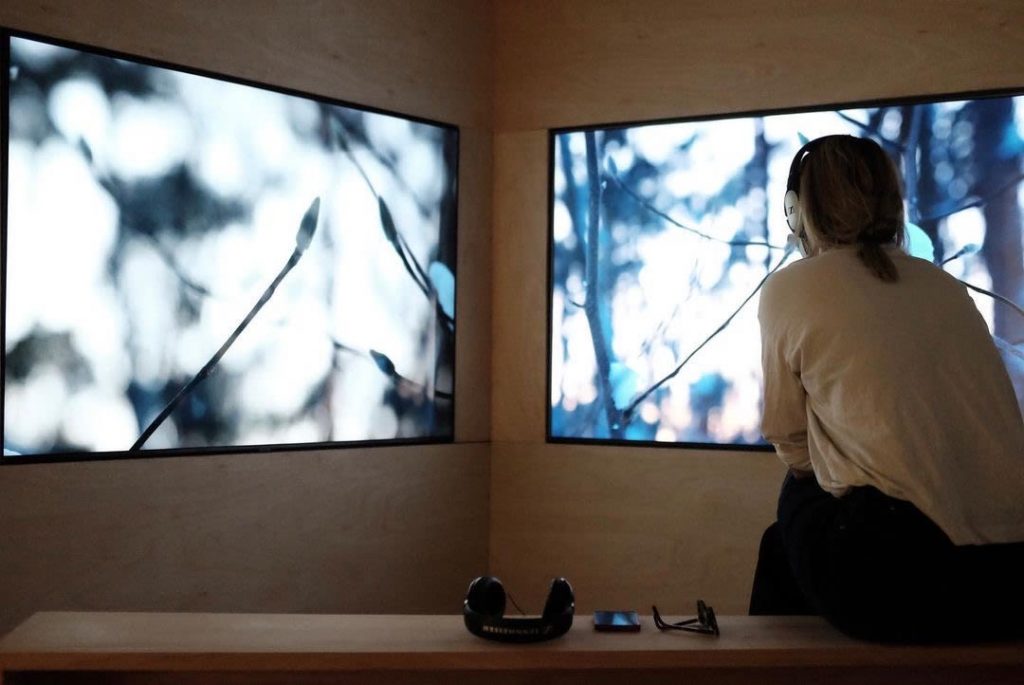
Dearest Strangers: on the cyclical interaction between absence and presence
At Projections, the Antwerp gallery Fred & Ferry shows the video installation Dearest Strangers by the Belgian artist Lydia Hannah. She made the video installation on behalf of the Antwerp Hospital Network, intended for employees and patients. At first she was hesitant to accept the assignment, because her work has little to do with the medical world. Finally she decided to film the trees around her house 4 times a day for 4 seasons. It resulted in a film to the rhythm of nature. A subtle attempt to break through the dominance of efficient and purposeful action on the basis of the slow changes of the season and to escape from everyday reality.
Lydia Hannah, in full Lydia Hannah Debeer (1992), is a Belgian visual artist and musician. Her practice explores the spaces between image and sound. She creates immersive landscapes through video, music and live and recorded soundscapes. She subtly peels back the different layers of reality to show the cyclical interaction between absence and presence.
Gallery Fred & Ferry has been working with Lydia since the opening of the gallery in 2016, says Frederik Vergaert: “Initially, we invited her as 'house sound artist.' She was given the key and alarm code from the start and was free to come and go as she pleased; both during and outside regular opening hours.” The result was a presentation during the Antwerp Art Weekend in the form of a soundscape, as a video installation and a live performance. Lydia Hannah graduated from LUCA School of Arts in 2014 and obtained a postgraduate degree from HISK in 2016, both in Ghent. She is currently doing PhD research at PXL - Uhasselt on liminal states of mind and their sensory manifestations.
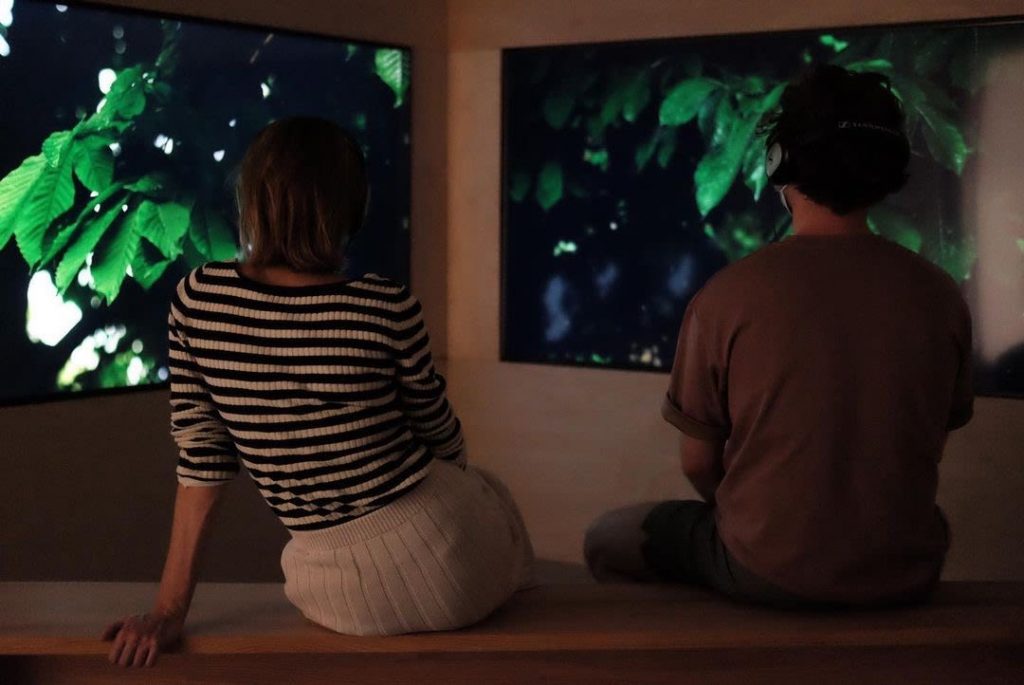
You made Dearest Strangers in 2021 for the employees and patients of Antwerp hospitals. Does the pandemic play a role in this work?
The invitation from Beatrijs Eemans, curator of the project, dates back to before the pandemic. At the time, she was working on ZNA Kunstenplatform, a contemporary art integration within ZNA. When the pandemic hit, the need for a space that would accommodate contemplation and interaction only increased.
What effect do you hope Dearest Strangers has on healthcare workers, patients and the general public?
I hope that viewers let themselves be carried away by the rhythm of nature and in this way come to a delay, a break from the daily and task-oriented. The film is certainly not exclusively 'soothing' across the board. Rather, it is a contemplation of the cyclical movement that we are all subject to and how it can affect our feelings, our health, our needs.
Conceptually, the work is quite far removed from the day-to-day activities in hospitals. Why did you choose to implement this idea in particular?
When asked to create a new work for a hospital, I hesitated. I did not see myself as being able to make a portrait about care or to make a specific therapeutic work. However, Beatrijs Eemans reassured me and made it clear that I would have complete artistic freedom. That I was free to interact with the infrastructure and employees or not.
The idea of taking the nature around our house as a subject was already brewing in the back of my mind before this assignment. The personal, fledgling connection - I had just moved from an urban to a forested area - with the trees that greet me every day and yet are foreign to me, as the new scientific discourse on the influence nature has on our health (even images of nature), propelled my fascination. Among other things, research has shown that spending time in a wooded area helps our body's immune system by increasing the number and activity of disease-fighting cells. The number of NK ("Natural Killer" cells of the immune system) and the substances released by them are significantly higher on days when people are immersed in trees, and patients who have a view of trees or houseplants in their room have healed faster.
Watch Dearest Strangers, 2022 here
Your gallerist Frederik Vergaert states that your work expresses a 'cyclical interaction between absence and presence'. Can you explain what he means by that?
It is rather by looking back at the works that I have already made that this fascination f has become clear to me, and yet I do not want to pin myself down to that. Now that I have started a PhD in the arts at PXL - Uhasselt on liminal states of mind and their sensory manifestations, I am grateful to be able to dive deeper into the investigative aspect of my work. I really like the concept of “the fertile void" that Julia Samuel coined: "In the movement between where we were and where we are heading, we need to allow space, time just to be, a time for not knowing: the fertile void”. It is this contradiction of standing still in order to move that fascinates me and has pushed me towards the visual arts. I myself am most grateful for those moments when the beauty, complexity, or power of a work of art, performance, or music has moved me so emotionally and physically that I have had no need to "understand" it intellectually. That the experience itself has already changed something and has brought about a wordless knowing.
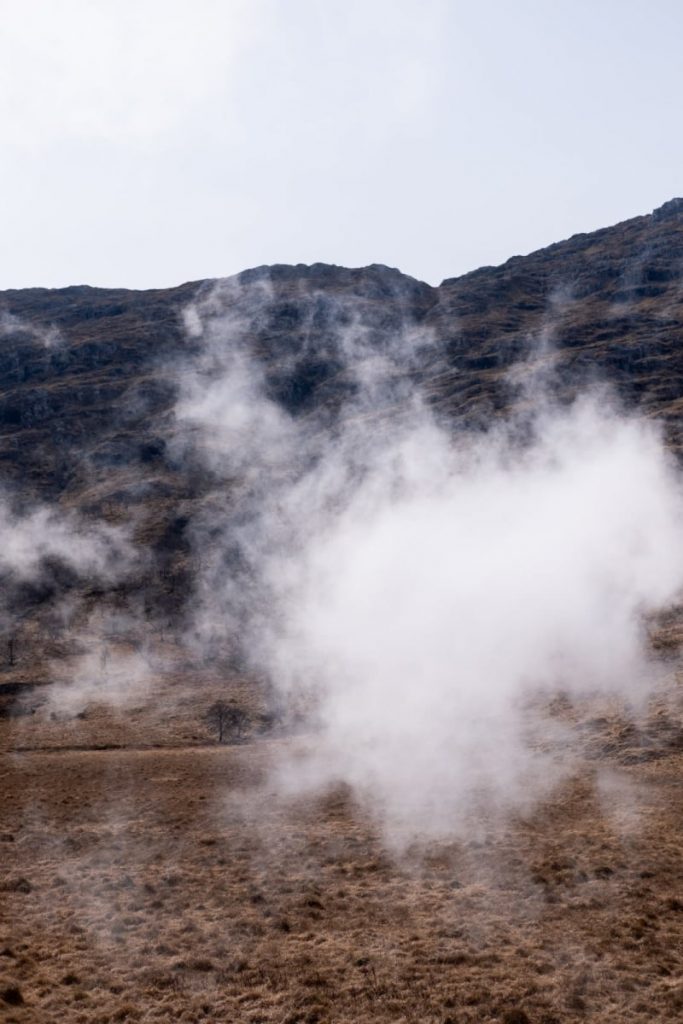
You are also a musician; does that background affect your video work? For example, does this translate into a certain way of looking or a certain rhythm?
Because the way I make music has grown in parallel with my practice as an artist, I believe it's a mutual influence. I have not had any formal training in music at a conservatory, for example, which means that this aspect has also grown very intuitively and is still growing. For a while music was mainly part of my work as a soundtrack to a video, but that is now growing more and more into an equal role. I often edit my videos to a certain rhythm, but I also compose my music in a very visual way.
How do you work and what does your studio look like?
How I go about it varies, but a certain sluggishness and a long run-up phase usually typical. The topics I choose and the way I approach them are very intuitive. Those rare moments when the puzzle suddenly fits are interspersed with long periods of watching, listening, reading and taking a step back.
My studio looks especially warm and cosy, it has always been that way. I remember that when I was at HISK, both colleagues and guest lecturers were always amazed at how 'homely' my studio was. It seems that I need that warmth in order to create. There are a lot of plants, a seat at the window that looks out at the trees, my harp, piano and some electronics and I have a high desk at the other window where I edit video and sound. On the wall hang some test images and sentences from books that reverberate or resonate with something I'm working on. I get a lot of inspiration from books, not directly, but in the form of suddenly recognizing something that I've been trying to articulate in images for a long time.
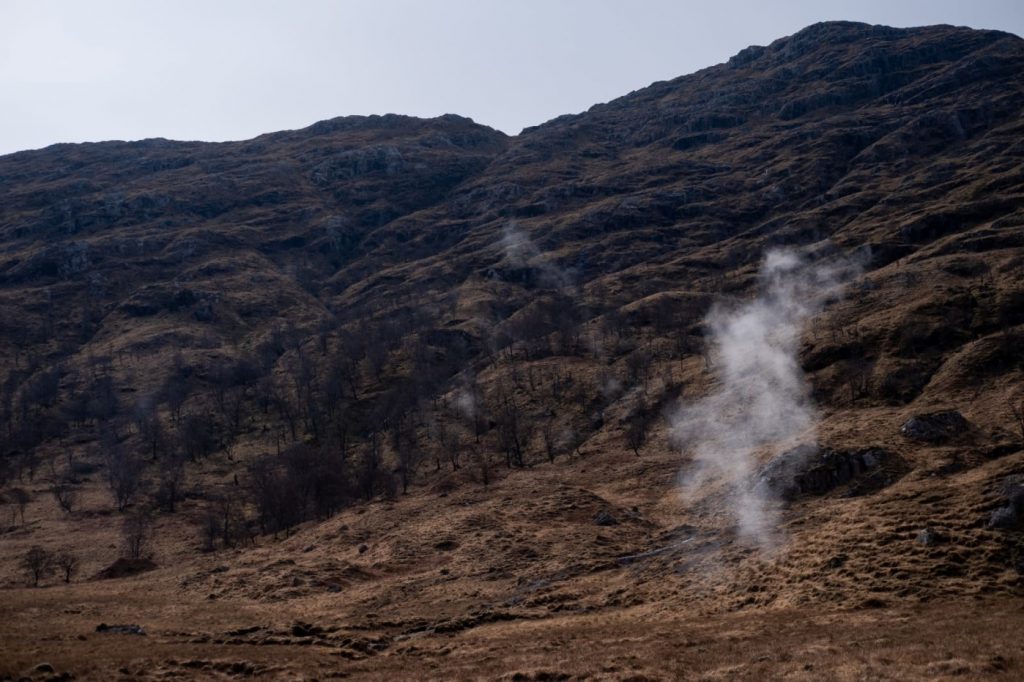
What are you currently working on?
I am currently working on the new work for Art Rotterdam and the next stop is the solo exhibition at Fred and Ferry in September. I may also show work again during Antwerp Art, at the invitation of Winnie Claessens, but that remains to be seen whether that is 100% certain. I also contribute to the soundtrack of Jana Coorevits' new film matter on its dance through time, for which we went to Death Valley for 3 weeks before the summer to record. In the meantime, as I mentioned, I'm starting a PhD in the arts, so both creating new work by September and diving into my artistic research is what will keep me busy for the next few months.
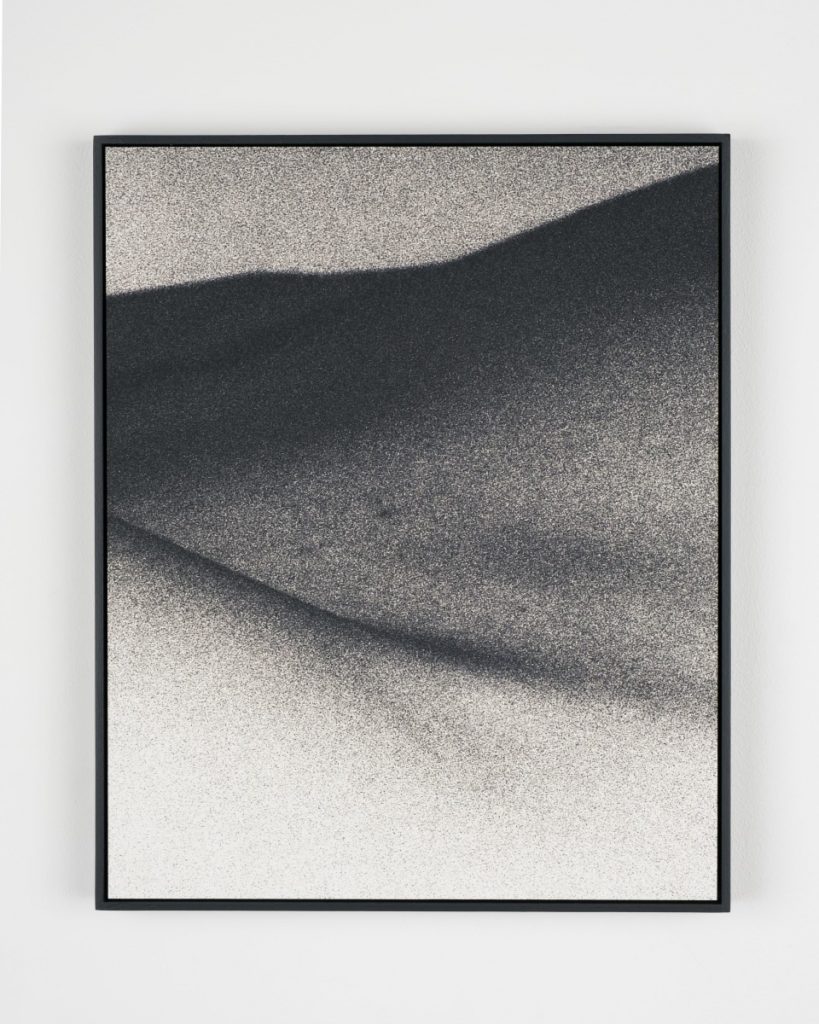
By Wouter van den Eijkel


